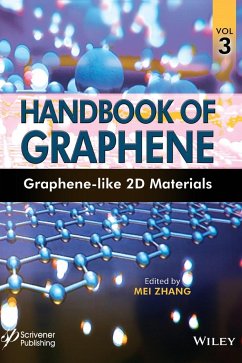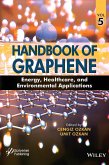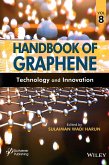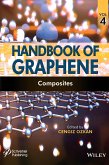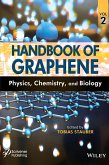This unique multidisciplinary 8-volume set focuses on the emerging issues concerning graphene materials and provides a shared platform for both researcher and industry. The Handbook of Graphene comprises 140 chapters from world renowned experts and presents in a unique eight-volume format covering all aspects relating to graphene--its development, synthesis, application techniques, and integration methods; its modification and functionalization; its characterization tools and related 2D materials; physical, chemical, and biological studies of graphene and related 2D materials; graphene composites; use of graphene in energy, healthcare, and environmental applications (electronics, photonics, spintronics, bioelectronics and optoelectronics, photovoltaics, energy storage, fuel cells and hydrogen storage, and graphene-based devices); its large-scale production and characterization; as well as graphene-related 2D material innovations and their commercialization. Volume 3 is solely focused on selected topics in graphene-like 2D materials and provides an overview of the multitude of different research directions that are currently being taken at the international level. Some of the important topics include but are not limited to: Proximity-induced topological transition and strain-induced charge transfer in graphene/MoS2 bilayer heterostructures; planar graphene superlattices; magnetic and optical properties of graphene materials with porous defects; graphynes: advanced carbon materials with layered structure; nanoelectronics application of graphyne and its structural derivatives; twisted bilayer graphene: low-energy physics, electronic and optical properties; effects of charged coulomb impurities on low-lying energy spectra in graphene magnetic dot and ring; graphene in bioelectronics; graphene metamaterial electron optics: excitation processes and electro-optical modulation; linear carbon: from 1D carbyne to 2D hybrid sp-sp2 nanostructures beyond graphene; band structure modifications in beyond graphene materials; chemically modified 2D materials: production and applications; black phosphorus saturable absorber for passive mode-locking pulses generation; and search for fundamental physics on table-top experiments with Dirac-Weyl materials. Audience This book is intended for researchers and graduate students in the field of advanced materials and graphene in particular, who are currently investigating the fundamental properties of this material and its applications in micro- and nanotechnologies.

